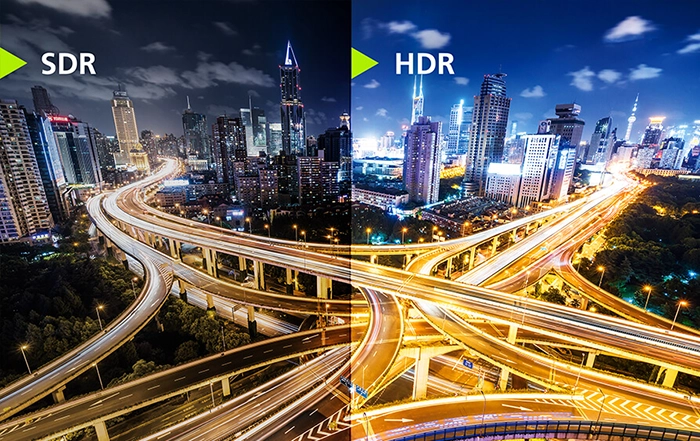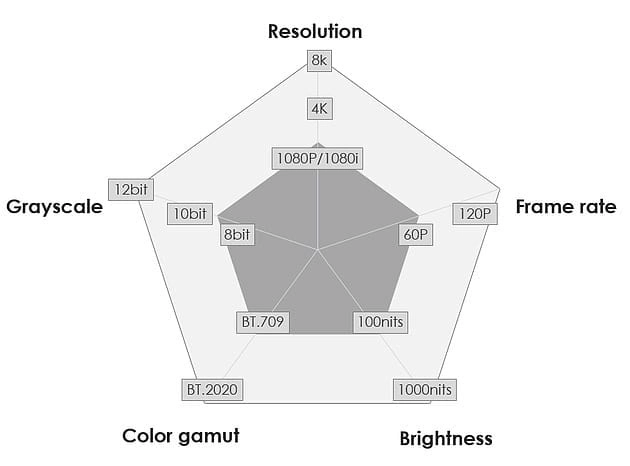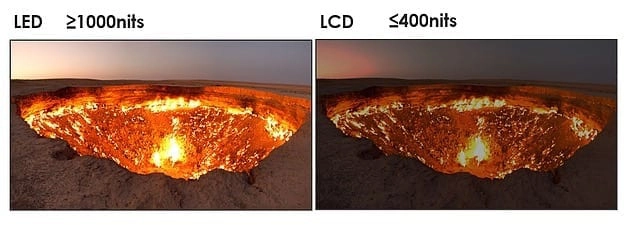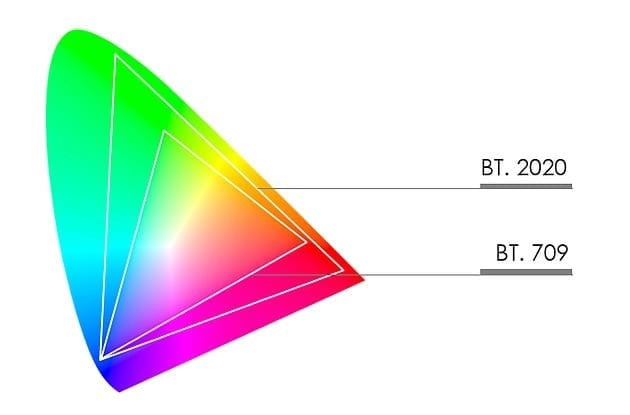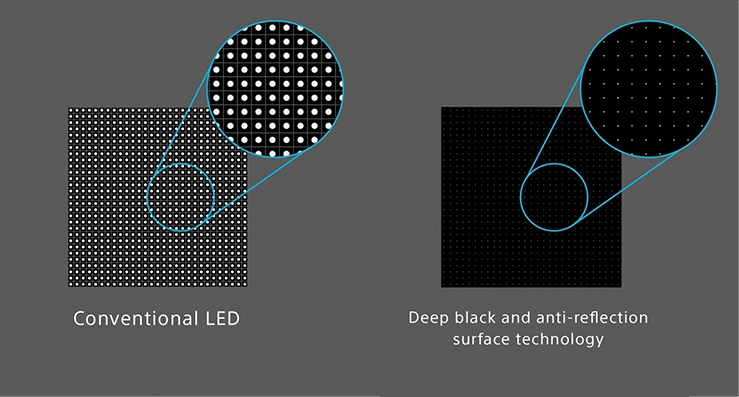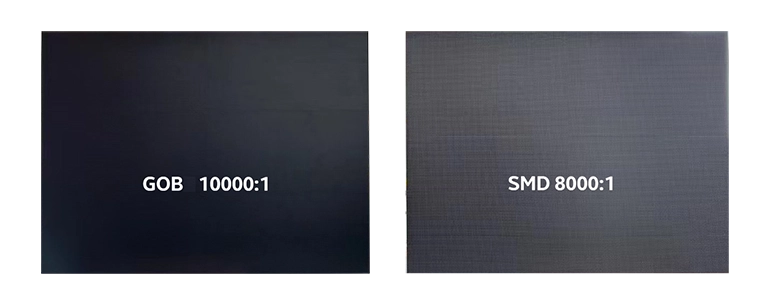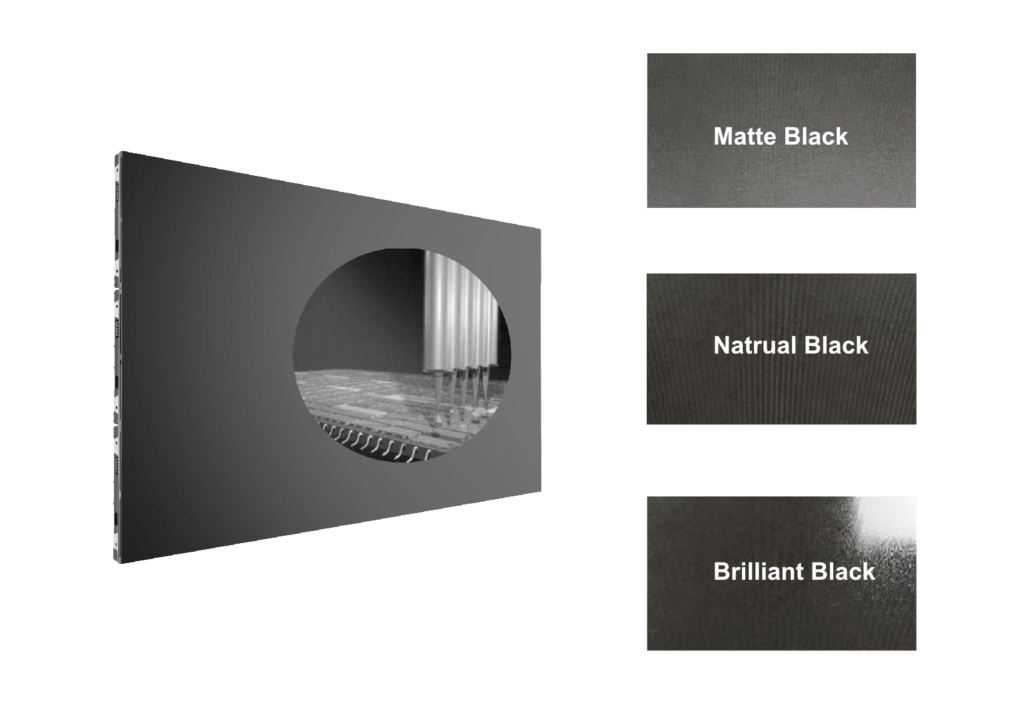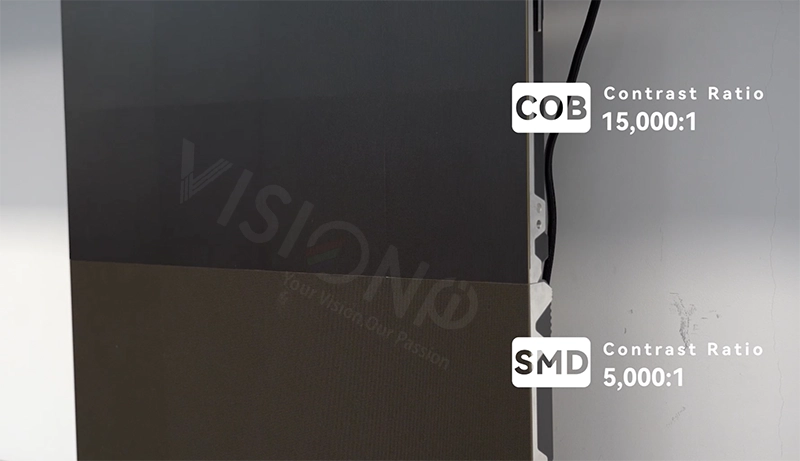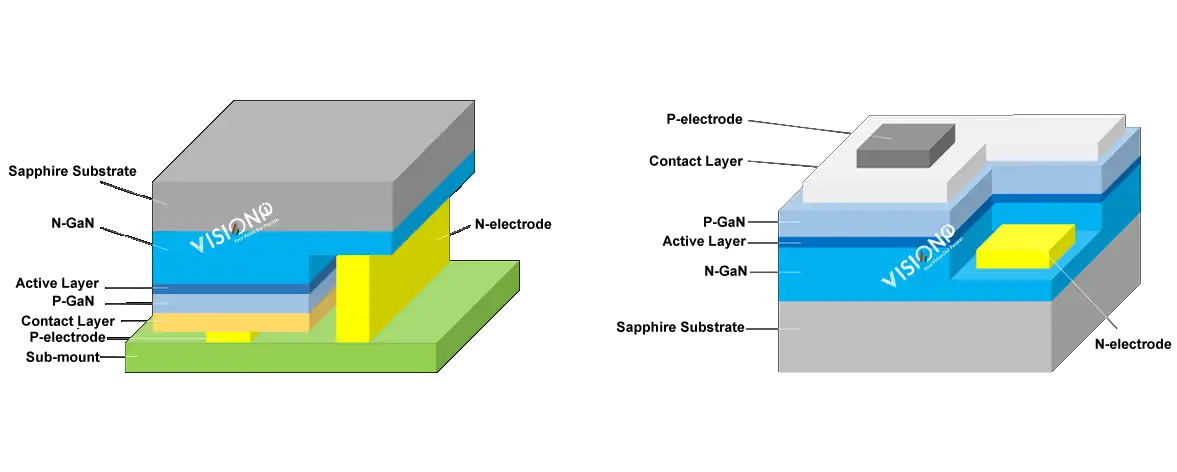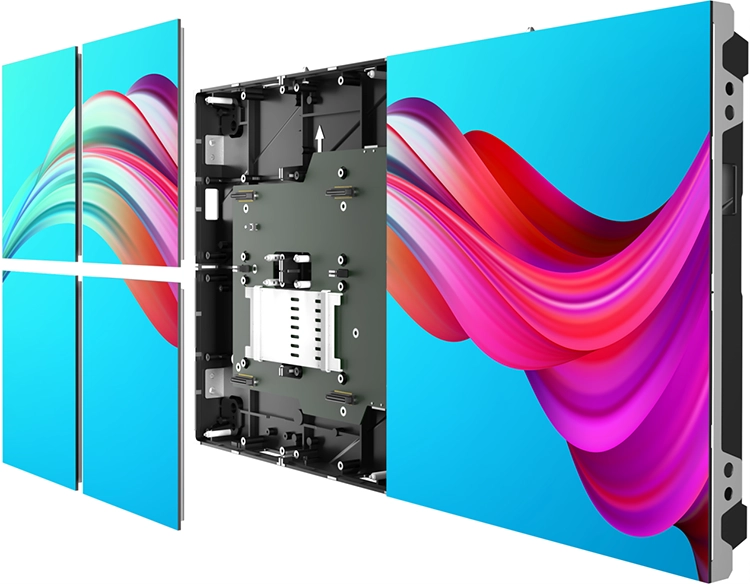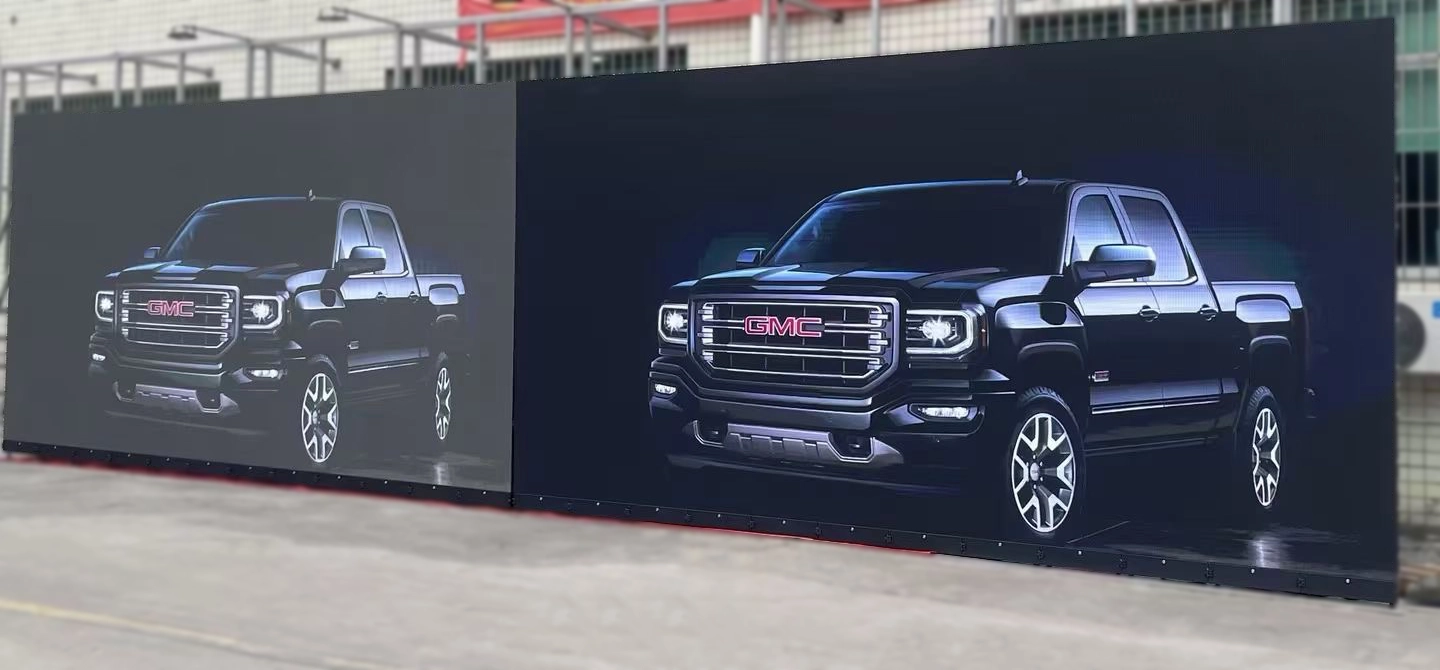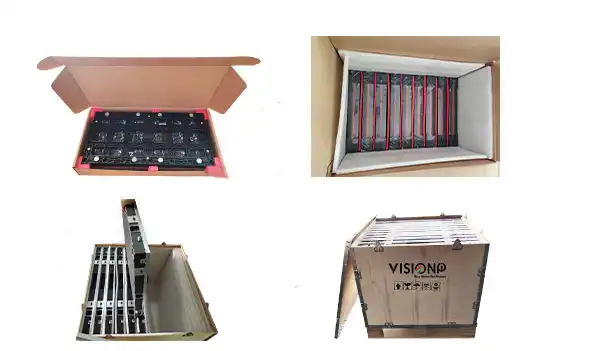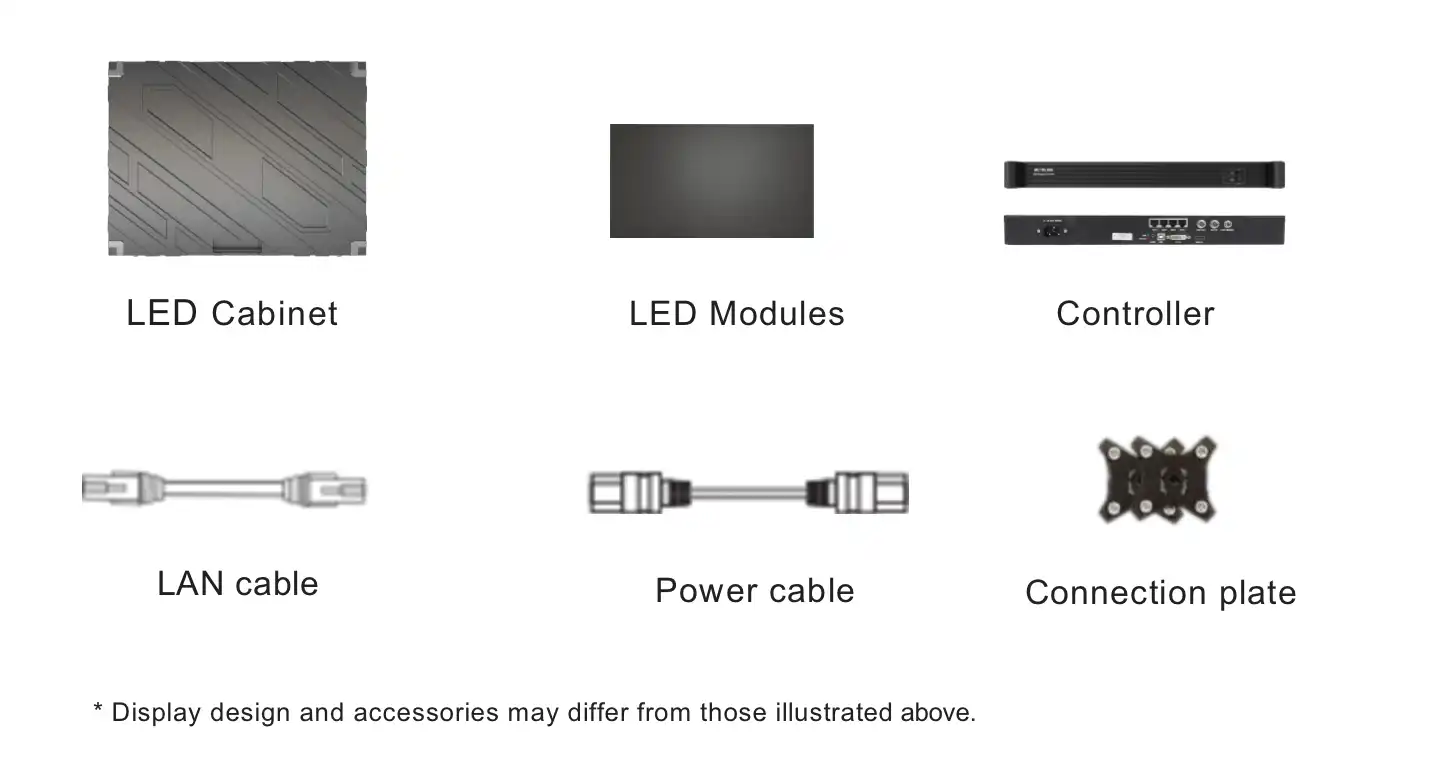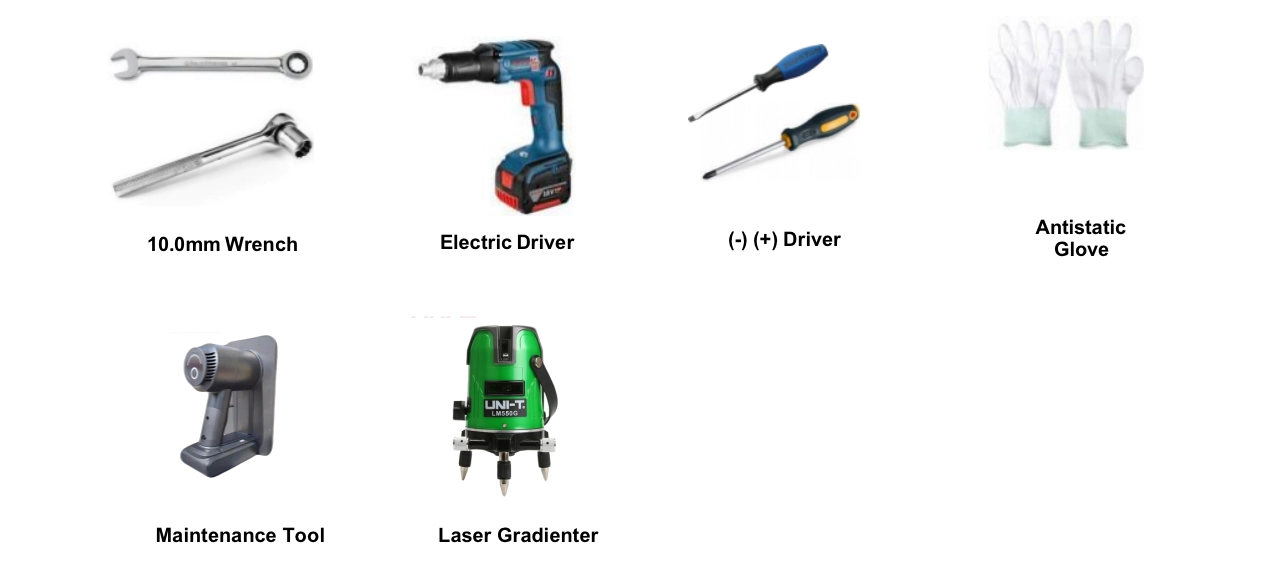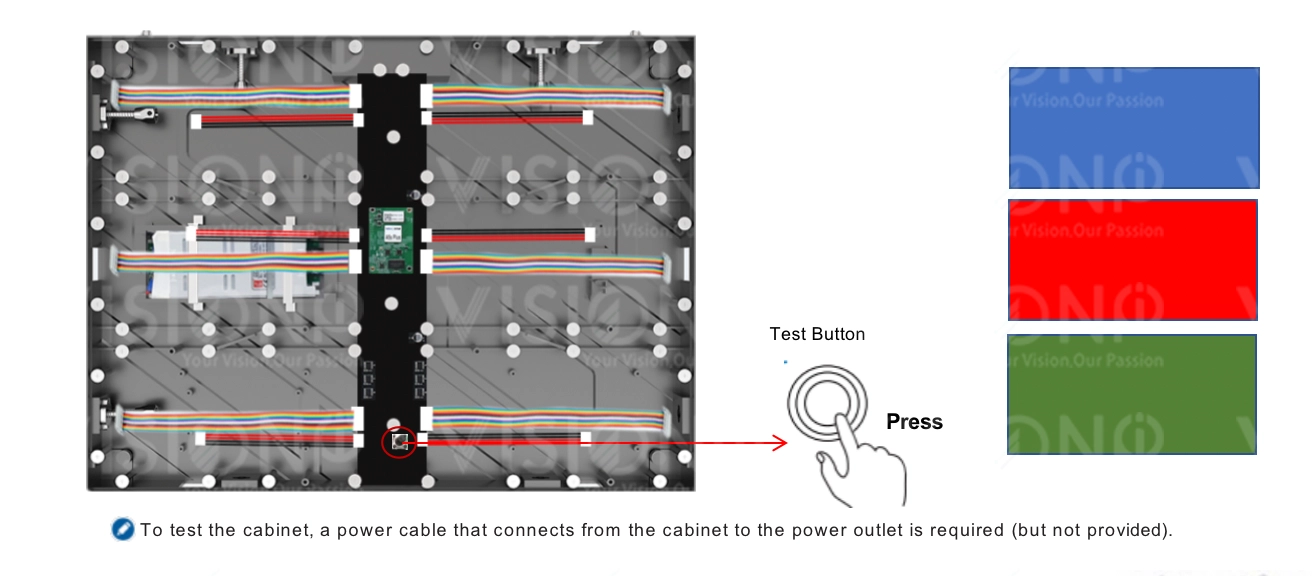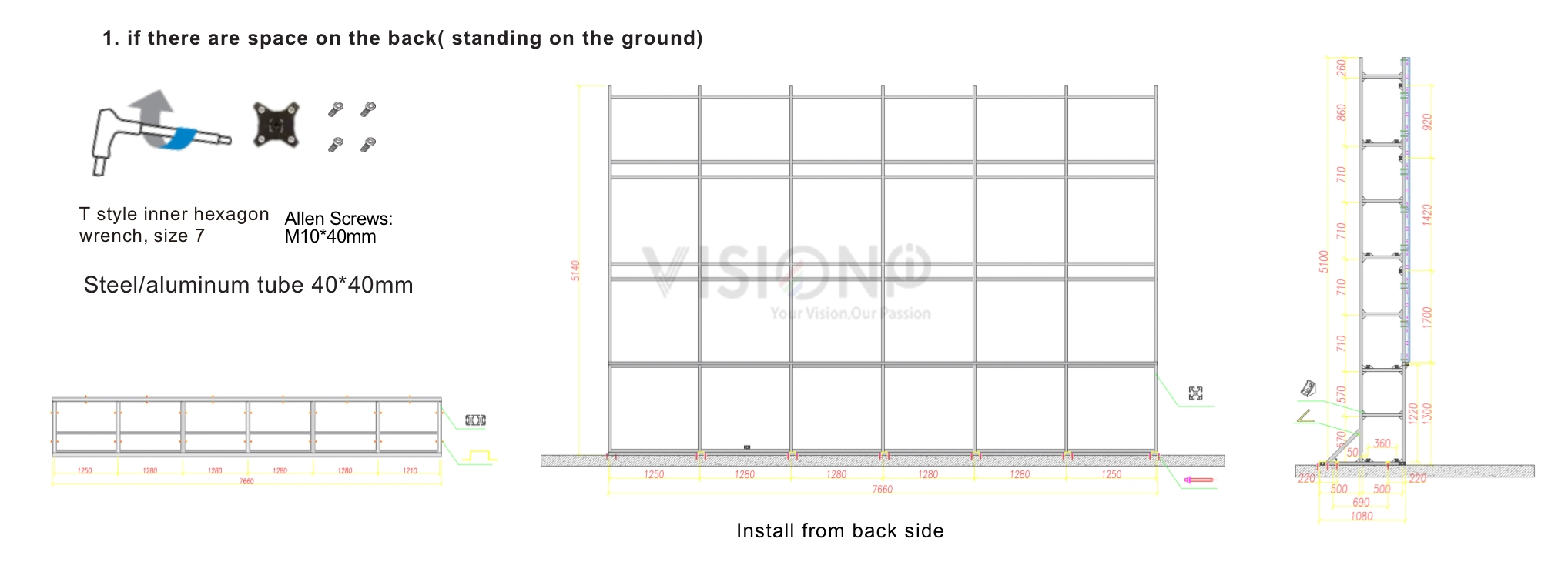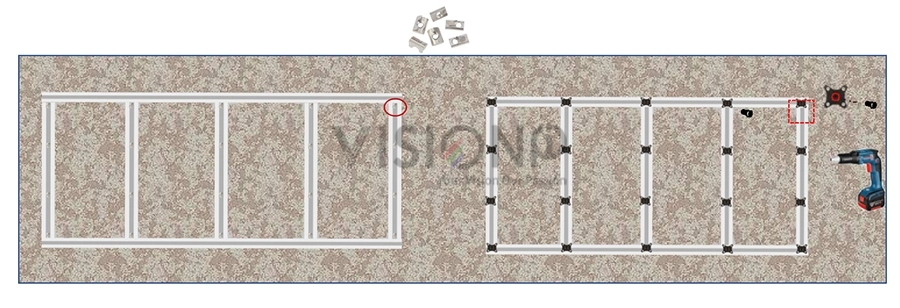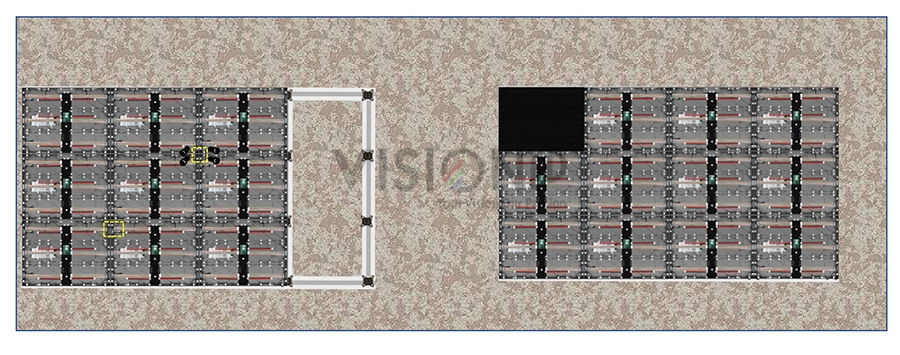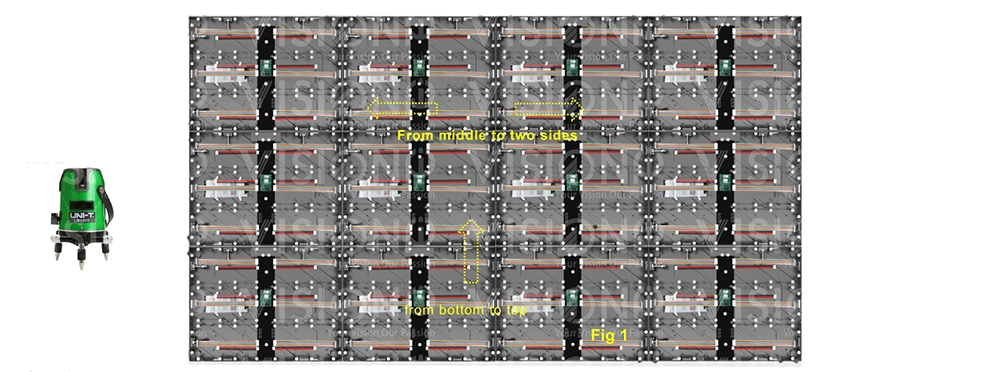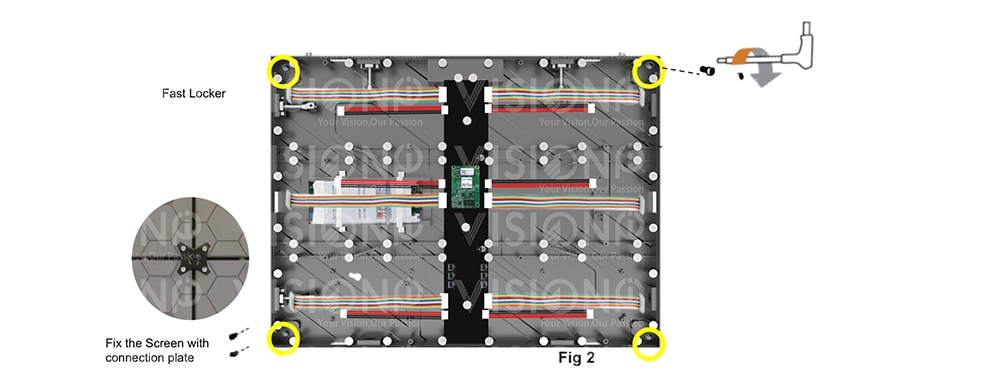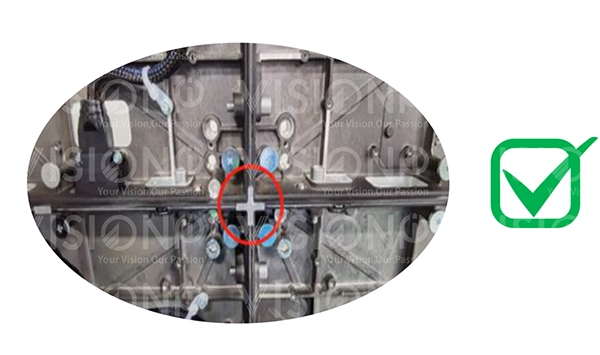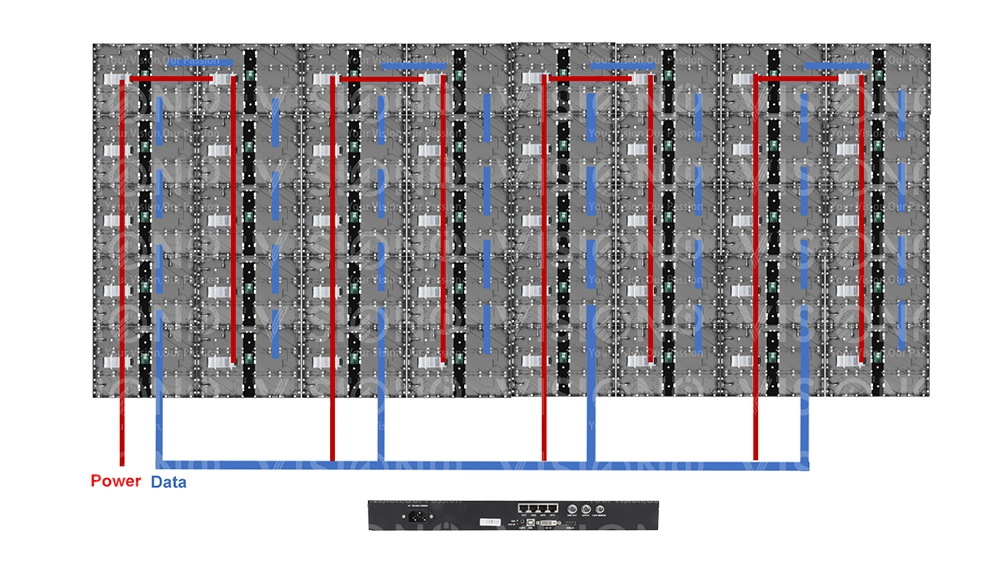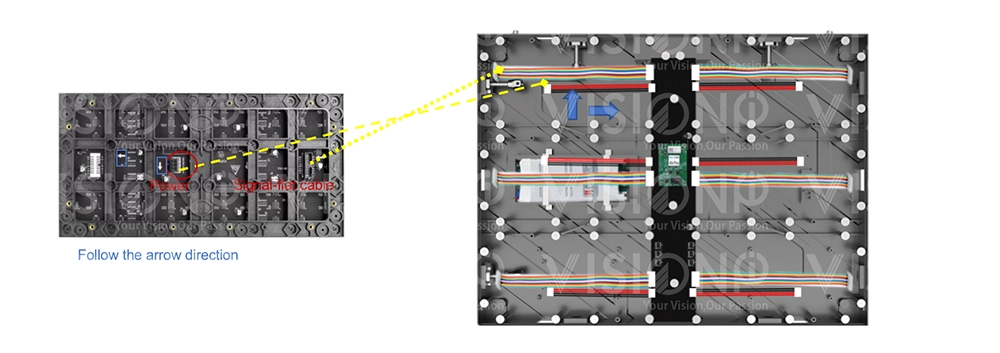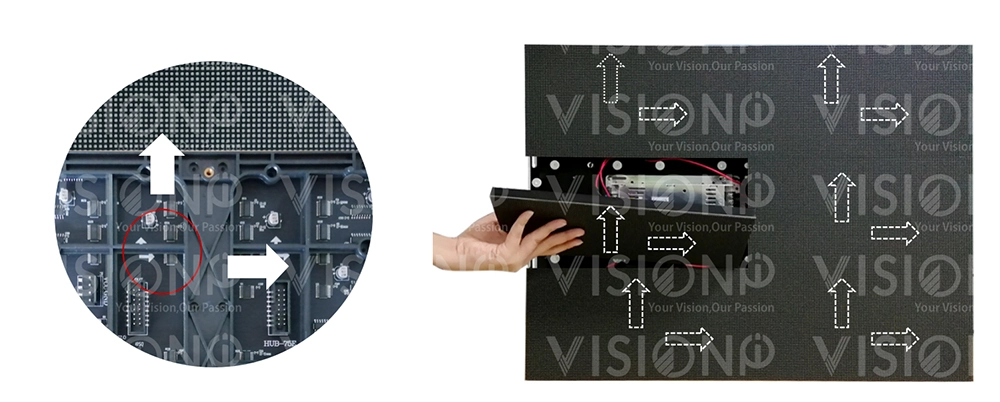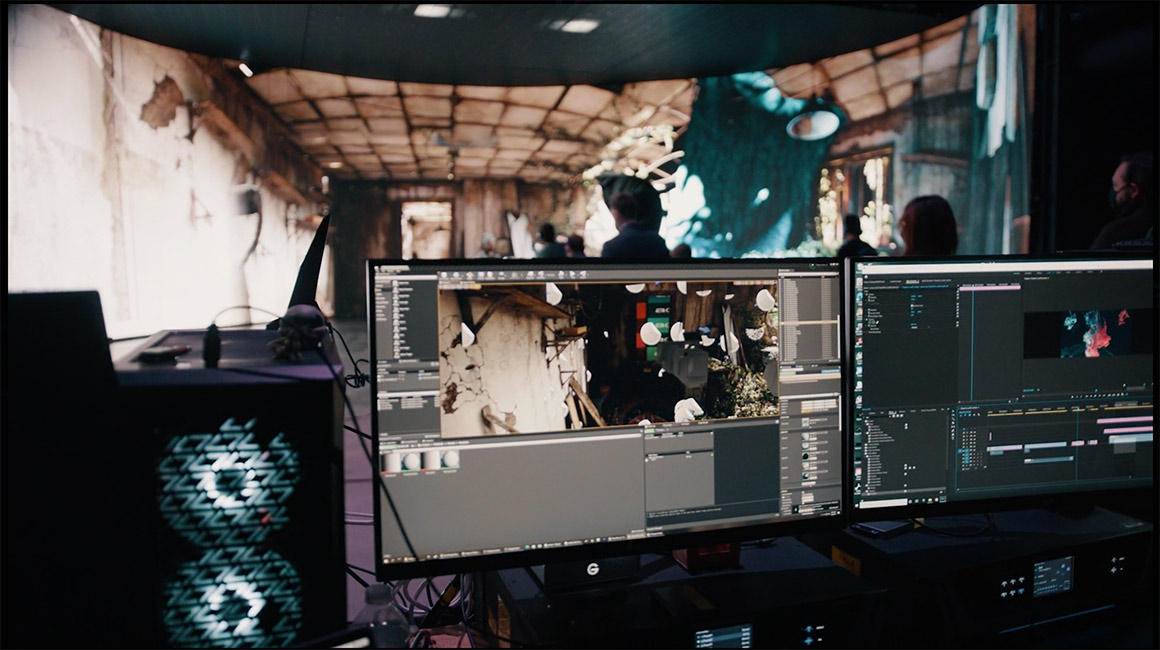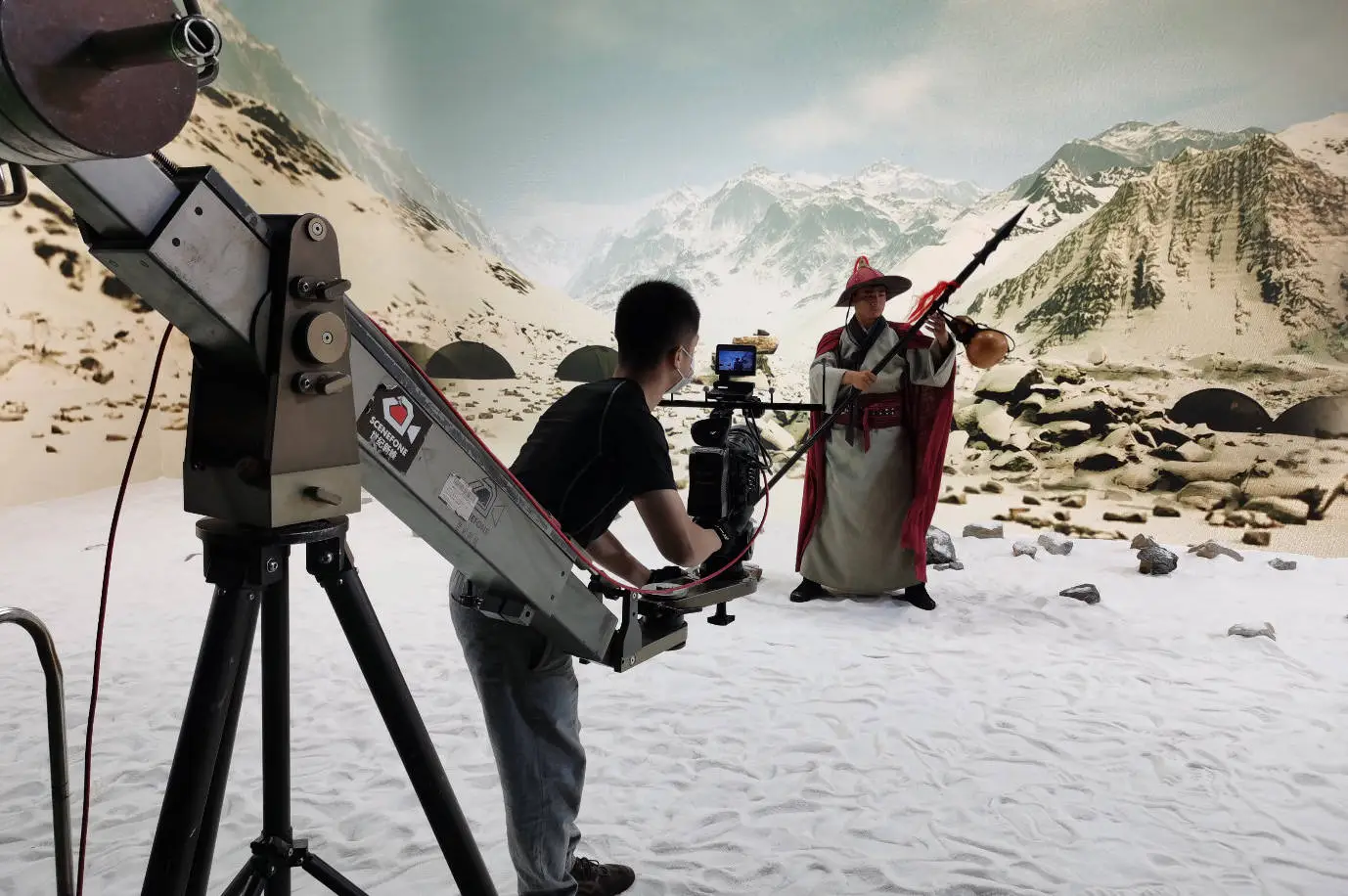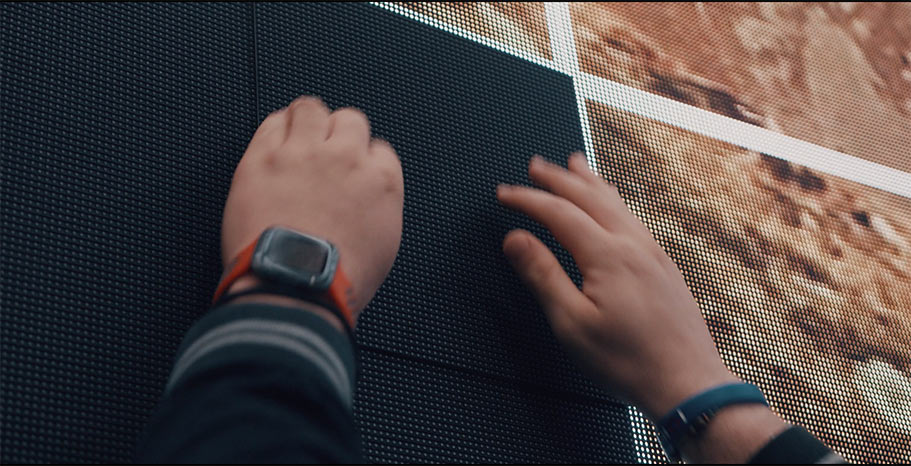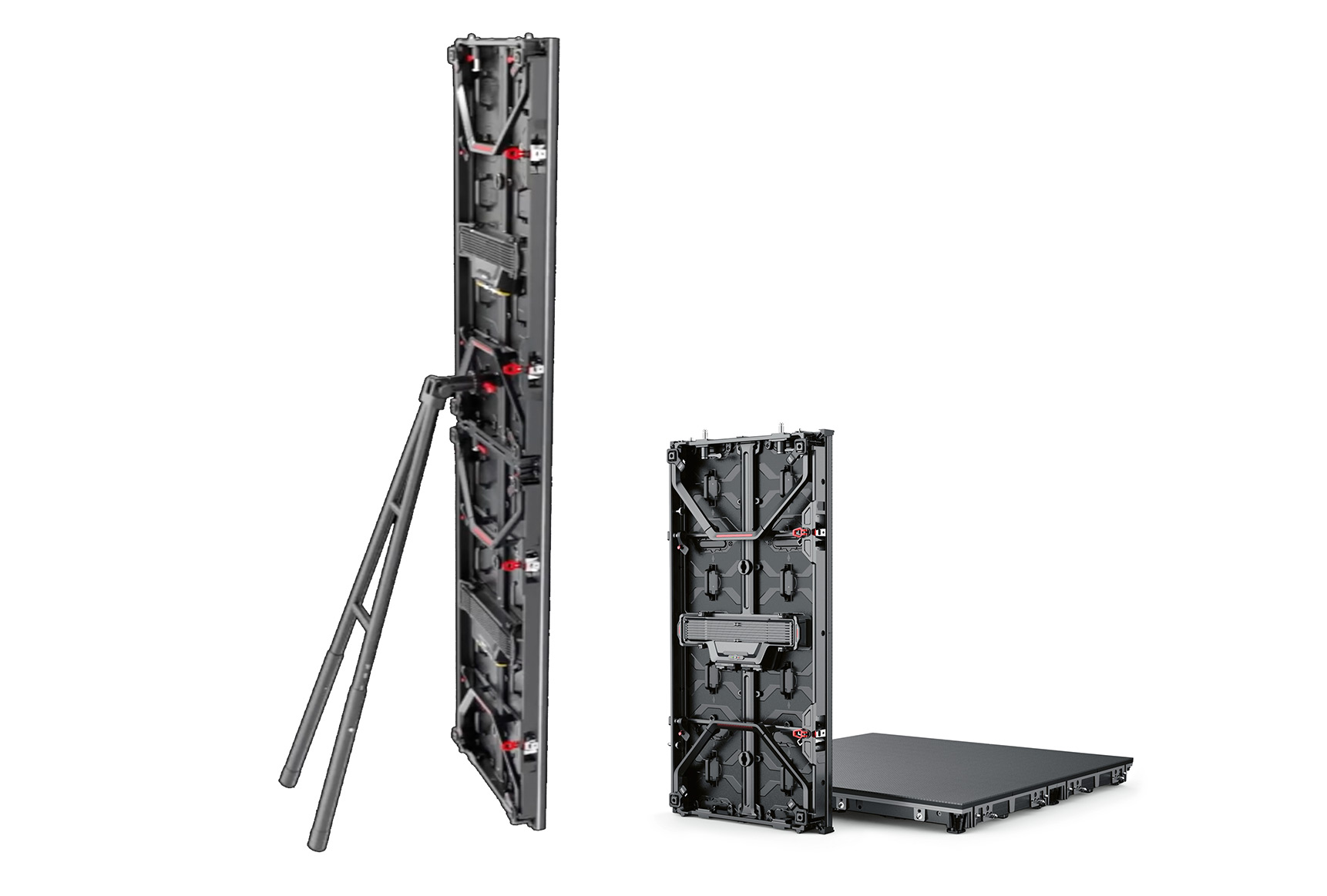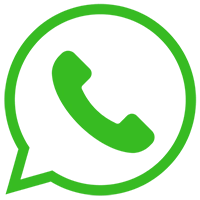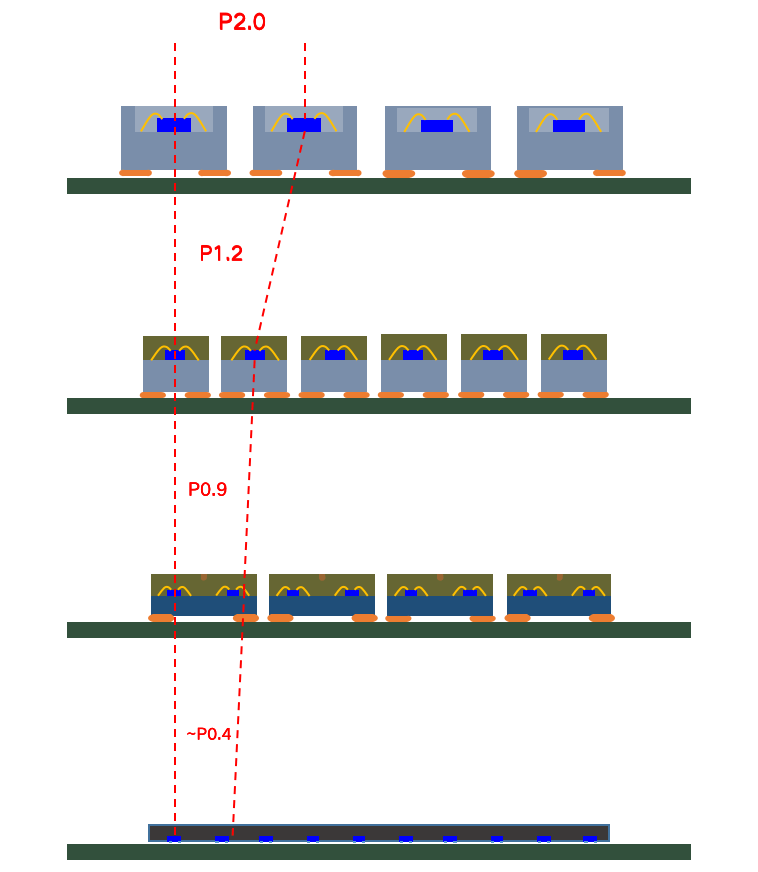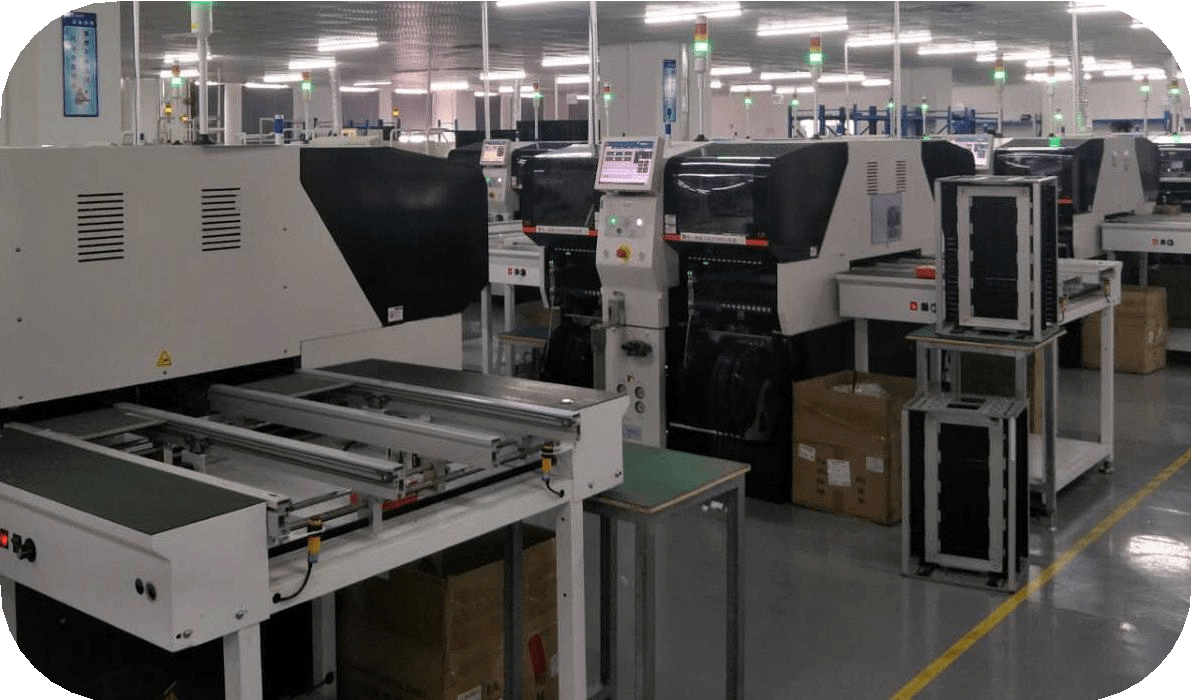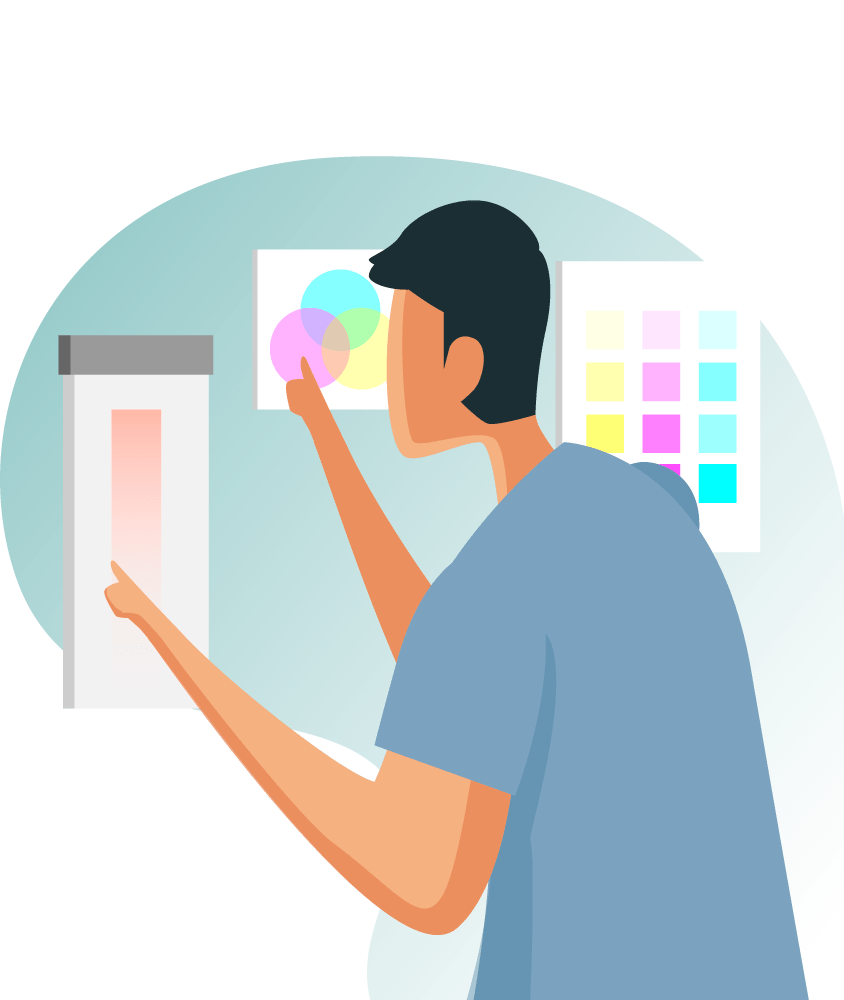- Level 1: the recently-created and unstructured workshop; and the factories only make the assembly work with all the half-completed product purchased from other suppliers, there are thousands of factories like this.
- Level 2: the semi-organized factory that got out of level 1 but is still struggling to keep quality & timing under control, they have SMT machines, they can produce led panels themself, and focus on the segmented market, like led poster, rental display, transparent.
- Level 3: the factory that made big efforts to get organized, with the objective of pleasing large customers, and they usually with many years of experience and their own R&D team and overseas sales team. here we can name a few, chip show, GCL, SBC.Yestech.
- Level 4: that rare birds like Yaham, Unilumin that applies Lean manufacturing, and that avoids level 3’s rigidity.
In this article, I am excluding Chinese state-owned enterprises, which are a breed on their own.
Most manufacturers are at level 1 or level 2:
Level 1: the unstructured led display workshop
Typical profile:
- 0-50 workers, engaged in simple processing (often assembly);
- Managed by the owner and his family;
- Not mature quality system and quality control staff;
- No ability or time to work on complex prototypes before production starts;
- Focused only on “making production” fast and on the cheap;
- Can accept small orders, as long as purchasing components in small quantity is possible;
- Seldom works directly for export customers;
- Count on other manufacturers or trading companies to get business.
Result: low costs and low MOQs, but needs to be followed very closely by customers.
Level 2: the semi-organized led display manufacturer
This category is a mixed bag. Some export 100% of their output and are very familiar with their market’s quality & safety standards. Others focus more on the domestic market or the most price-sensitive countries (Middle East, India…), and should be avoided by importers from North America and Europe.
Still, it is possible to draw a somewhat typical profile:
- 50-100 workers
- Has grown out of the “disorganized workshop” stage
- Has had to hire a few professional managers because of the growing complexity of operations
- Has had to hire a few QC employees, to avoid big disasters.
- But still, low concern for quality among staff and managers (in most cases).
- May have English-speaking salespeople if direct relationships with foreign customers is a goal.
- May still get orders mostly from trading companies and other factories.
Result: costs are relatively low, and quality & timing are relatively unstable. The owner’s motivation for your orders still determines their reliability.
Level 3: the organized/Listed led screen manufacturer
Typical profile: 200+ workers, usually established before 2010 with decade experience.
They have tried hard to comply with demanding buyers’ requirements:
- Every aspect of production is specified in detail;
- Production is checked thoroughly by QC department;
- Own R&D team and updating led
- Hopefully, strong staff discipline to follow the system;
- a team for export business,and 60-80% of their sales is come from exporting.
Result: few quality issues, but high indirect labor costs (QC, middle management) and low flexibility. Top 10 led sign board manufacturers
Level 4: the continuously improving led display manufacturer
Typical profiles:
- Part of a large multinational group or a joint venture.
- Midsize factory with a process-oriented/engineering-oriented general manager.
- dedicated to segment markets, like transparent led display or soft led display.
They follow the lean model:
- Regular improvements to material flow and to each process;
- Errors are prevented or corrected at the source;
- Staff is trained and supports the philosophy.
Result: high customer satisfaction (close to zero defects; production cycle below 5 days) and relatively low cost (high productivity of operators, limited QC staff, and rework).
Unfortunately, these companies are a very small minority. They usually don’t advertise themselves on B2B directories. They are very hard to find.

